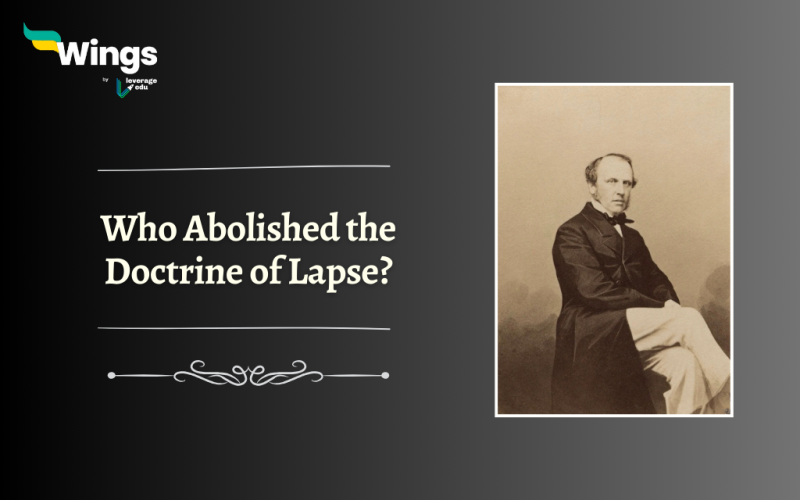The Doctrine of Lapse was an annexation policy introduced by Governor General Lord Dalhousie in the year 1858. It stated that any princely state without a male heir or an adopted son of the previous king would ultimately be annexed by the British East India Company. This annexation policy made a lot of states surrender to the Britishers because of a lack of army and resources to fight back. The Doctrine of Lapse was abolished by Lord Canning in 1859 after the East India Company was taken over by the British Raj.
| Period | Policy | Key Figure |
| Before 1858 | Doctrine of Lapsation by East India Company | James Broun-Ramsay, 1st Marquess of Dalhousie |
| 1858 – 1947 | Transition to British Raj | N/A (British Crown rule) |
| 1947 – 1971 | Post-Independence Application | Indian Government |
| 1971 Onwards | Discontinuation of Recognition | Indira Gandhi government, 26th Amendment to Constitution |
End of Doctrine of Lapse
It was the revolt of 1857 that made Britishers realize the global resentment for their policies in India and that people had started showing anger for the same.
| Aspect | Details |
| Aftermath of Revolt of 1857 | Transfer of control from East India Company to the British Crown |
| Government of India Act, 1858 | Notable changes in Indian administration |
| Proclamation of Queen Victoria as Queen | – Queen Victoria declared as Queen of India- Chiefs, princes, and people of India under her authority |
| Equality for Native Indians | – Native Indians were granted the same status as other subjects- Removal of societal issues like racial discrimination- Focus on development and equality |
| Equality in the eyes of the law | – The British Crown pledged to create equality- Assurance of equal treatment under the law |
| Acceptance of the Act | – Act widely accepted by Indians- Regarded as the “Magna Carta of India” by Gandhi Ji |
Also Read- Government of India Act 1858: Background, Key Features
On 1 November 1858, Lord Canning introduced the Queen Victoria proclamation. It was presented to Princes, Chiefs, and People of India. This proclamation designed by Lord Derby came up with new changes in the administration of the nation. It stated that there would be no intervention of British rule in the religious beliefs of Indians, and showered support to all princes thereafter.
Related Blogs
This is everything about who abolished the doctrine of lapse. For more such interesting and informative topics on Indian History and more, stay tuned to our General Knowledge section. If you want to know more about studying abroad, reach out to our experts on Leverage Edu!
 One app for all your study abroad needs
One app for all your study abroad needs













